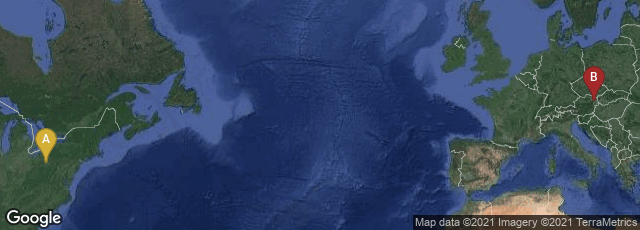In 1863 American inventor
William Bullock of Pittsburgh, Pennsylvania, received
U.S. Patent 38200 for a printing machine for printing newspapers that substantially improved upon
Hoe's Rotary Press. Bullock's printing machine was the first web press using a continuous web or roll of paper built especially for curved stereotype plates. It printed both sides of the sheet, and cut the paper either before or after printing. According to the Wikipedia article on William Bullock, accessed in 11-2020, Bullock's press incorporated ideas for newspaper printing patented in Austria in 1858 by the Viennese printer and director of the Austrian state printing house, the K. K. Hof- und Staatsdruckerei,
Alois Auer. Among his many other duties, Auer was responsible for the production of the
Wiener Zeitung newspaper.
In a bizarre accident Bullock was killed by his own invention. On April 3, 1867 he was making adjustments to one of his new presses that was being installed for the
Philadelphia Public Ledger newspaper. Bullock tried to kick a driving belt onto a pulley. His leg was crushed when it became caught in the machine. After a few days, he developed gangrene. On April 12, 1867 Bullock died during an operation to amputate the leg.
